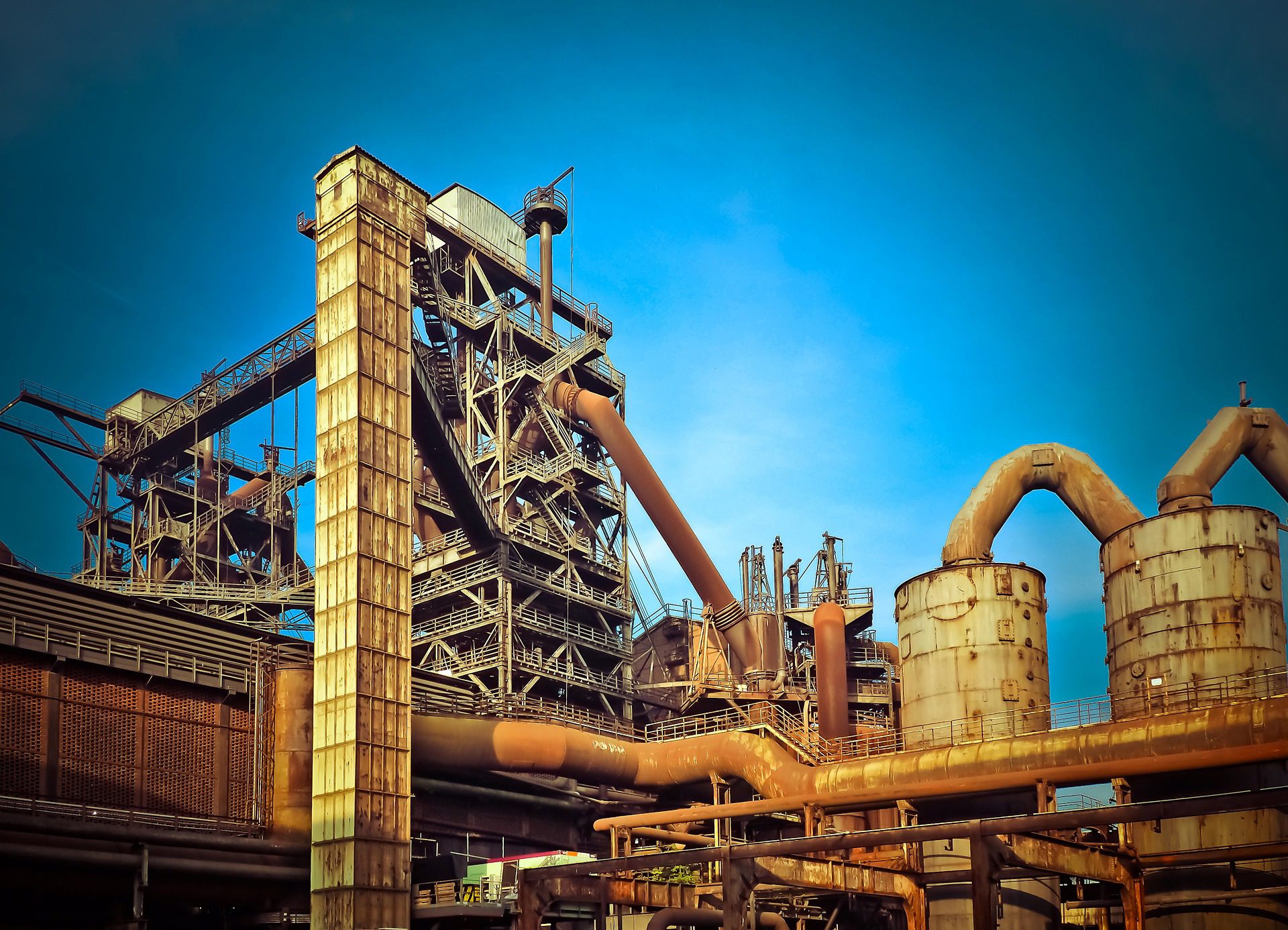
In the hazardous waste business, one of the most commonly asked questions by customers is, “Where does this stuff go?”
In the past, hazardous wastes were taken to landfills. In 1976, however, the Resource Conservation and Recovery Act was established and set up the framework for proper hazardous waste management. The Act outlined how hazardous wastes must be disposed of and where they ultimately can end up.
So, what are the most common types of waste disposal?
Incineration
Incinerators are enclosed devices that treat hazardous wastes via thermal treatment and controlled flame combustion. When performed properly, toxic organic constituents are destroyed. During this process, some energy or material recovery may occur. The ash produced in the end may be sent to a secure chemical landfill for final disposal.
Secure Chemical Landfill
Landfills that are used for hazardous waste disposal are carefully engineered sites designed for final waste disposal. The design is made to minimize the chance of the release of hazardous waste into the environment. Requirements for secure landfills include double liners, double leachate collection and removal systems, leak detection systems, runoff and wind dispersal controls, installation and maintenance of a final cover, etc.
Wastewater Treatment
Wastewater treatment for hazardous materials is used primarily to treat corrosives. The biggest benefit of wastewater treatment is the neutralization of chemicals like acids and bases. This allows the chemicals to reach a neutral pH level and make it no longer hazardous to human health or the environment.
Land Treatment Units
Land treatment units utilize naturally occurring soil microbes and ultraviolet light from the sun to treat hazardous wastes. In this process, the hazardous material is applied directly to the surface of the soil. In time, the material’s hazardous constituents are degraded, transformed, or immobilized. This type of treatment relies solely upon the physical, chemical and biological processes that occur in the organic horizons of the topsoil. Before treatment at these facilities begin, it must be demonstrated that the unit is effective because there are no leachate collection or removal systems.
Boilers and Industrial Furnaces
Boilers and furnaces are similar to incinerators, but their primary focus is to recover energy and valuable materials from hazardous wastes. These devices work by using controlled flame combustion to recover and export energy via steam, heated fluid or heated gas.
Retort and Recycling Facilities
Retort and recycling facilities receive hazardous waste and try to recover and reuse constituents of the waste. Wastes, such as mercury-containing devices (like old thermostats), are a common waste stream that is sent for a retort. Universal waste is another common type of waste, including light bulbs and batteries, that are recycled.
The purpose of different types of disposal is to ultimately protect human health and the environment, as well as balance the conservation of resources.
If you have any questions about the types of waste disposal, feel free to contact our experts at MLI Environmental today – we would love to teach you more!

